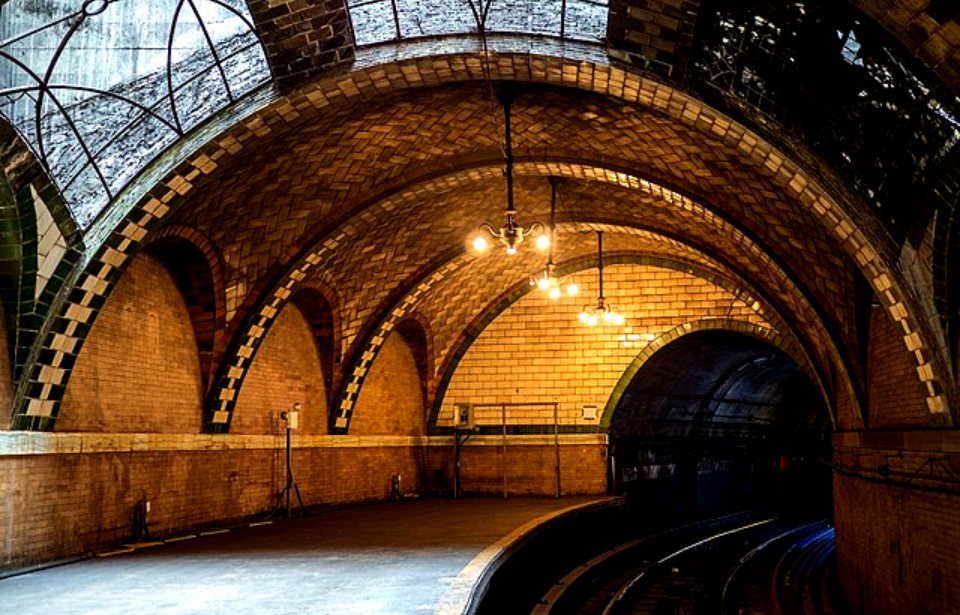New York City has one of the largest subway systems in North America. One of its most extravagant stops was City Hall Station, which featured awe-inducing Guastavino-style architecture. Sadly, the station closed to the public in 1945 due to this unique design and dwindling ridership.
Construction of the New York City subway system
City Hall Station was ordered as part of New York City‘s first subway line. Commissioned under the authority of the Interborough Rapid Transit Company (IRT), construction began in 1900, with Heins & LaFarge serving as the main consulting architects. The firm had designed the other stations within the subway system.
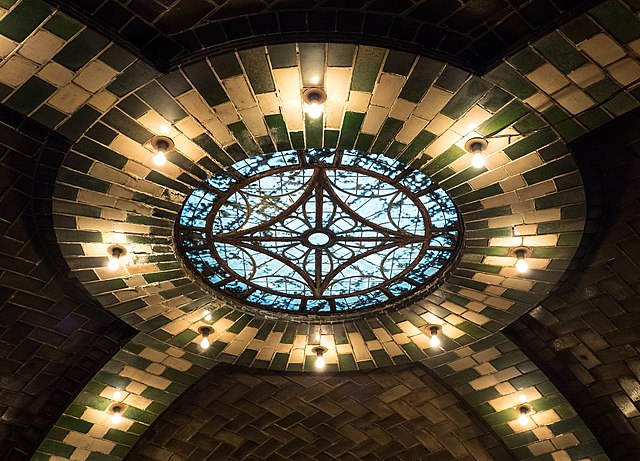
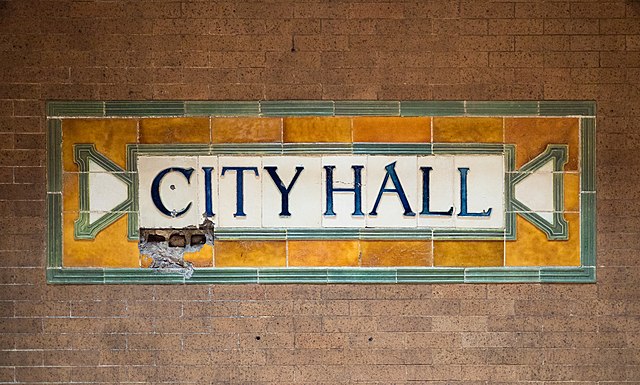
Excavation on a portion of the station’s loop began in April 1901, resulting in the death of one worker. By that August, the job had been completed and construction of the underground complex commenced. The decision was made to have City Hall Station feature a Rafael Guastavino style with Romanesque Revival architecture, making it the standout station along the line.
City Hall Station’s unique architectural design
The poured concrete platform at City Hall Station was 257 feet long and traveled along a single ballon loop track. It had a curve to it, meaning passengers aboard its five-car train had to navigate over large gaps between the train doors and the platform. The area where fares could be purchased was located in a mezzanine, connected to the platform by a single, wide staircase.
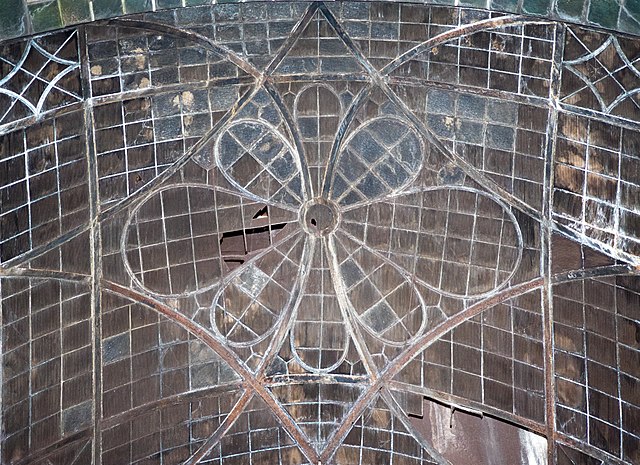
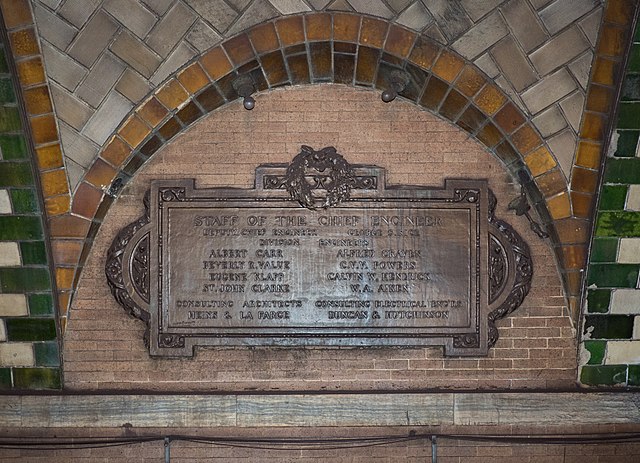
Vaulted ceilings covered with classic Guastavino tiles in white and green with brown trim gave the station a particularly elegant design. Skylights provided interior lighting for the station, as did 12 bronze chandeliers that hung from the ceiling. There were also decorative plaques, and the wall surrounding the platform featured a mix of Roman brick and marble course with brick wainscoting.
To access the station, passengers had the option of two separate entrances outside of the buildings that made up NYC’s City Hall. These have since been covered in concrete, making them inaccessible to the public.
City Hall Station enters operation
On October 27, 1904, City Hall Station officially opened as one of the 28 original stations along the subway line. It served as the southern terminal station and was called the “City Hall Loop.” Opening ceremonies the day before were attended by Mayor George B. McClellan Jr., and so many people were in attendance that policemen had to be stationed around the vicinity.
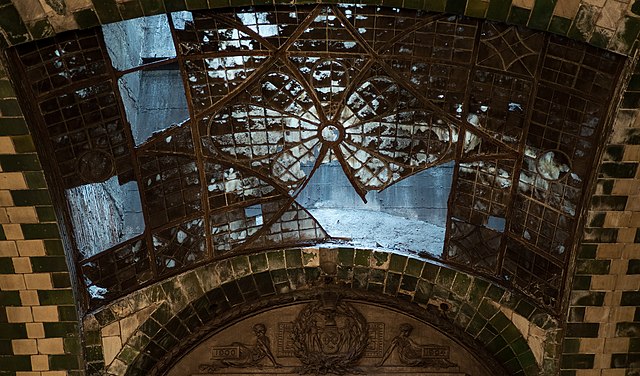
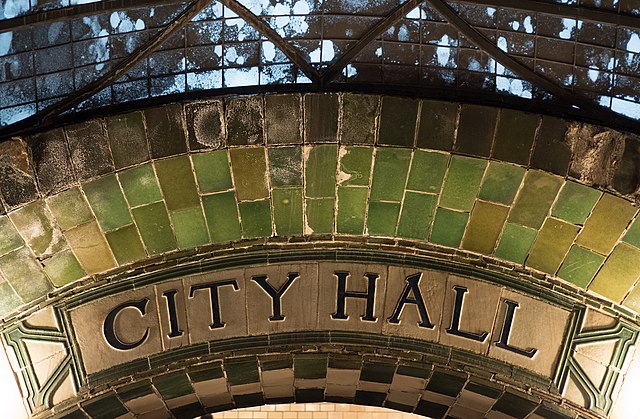
More than 15,000 people were issued passes for the first trips to depart from the station. However, it wasn’t long before City Hall Station began to experience a decrease in ridership, largely due to its position near Brooklyn Bridge Station and the fact its odds shape made it impractical for use by longer trains.
By the 1930s, the New York Herald Tribune wrote that the station was very rarely used, and “many of the younger generation have never seen it.”
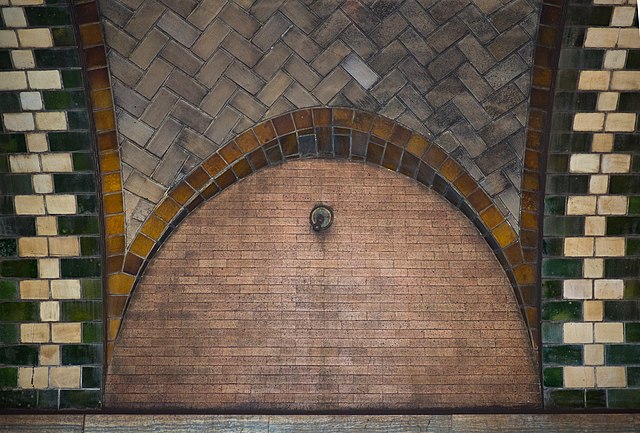
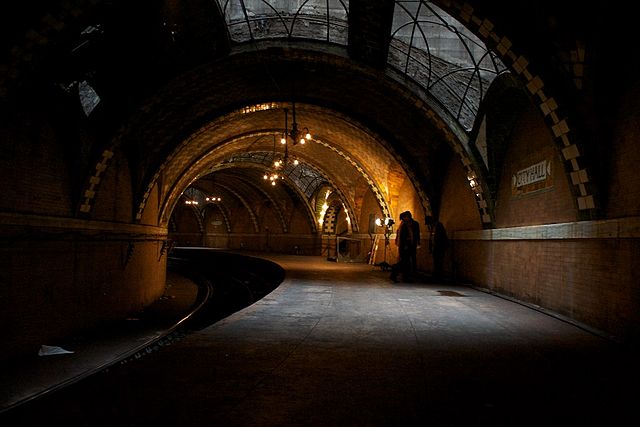
During World War II, the skylights above City Hall Station were blacked out with tar to ensure rider safety. Just a few years later, the decision was made to permanently close the station, after an earlier order to cease night-time operations. This was due to the amount of renovations needed to bring it up to modern standards.
In its final year, the station only recorded 255,000 entries, compared to 14 million recorded by Brooklyn Bridge Station.
City Hall Station faces decades of limbo
In 1965, the New York Transit Museum considered City Hall Station as a possible location, but later decided the abandoned Court Street Station in Brooklyn would serve better. In the 1980s, Mayor Ed Koch suggested allowing a restaurant to open in the station, and in July 1986 it was toured by civil leaders and city officials. Unfortunately, the New York City Police Department overruled the idea over security concerns.
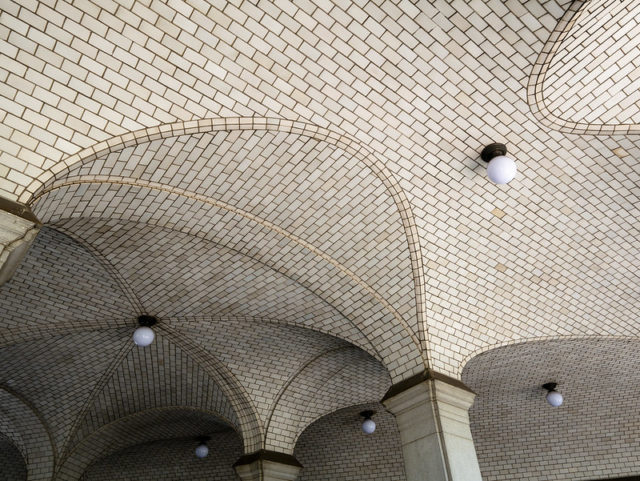
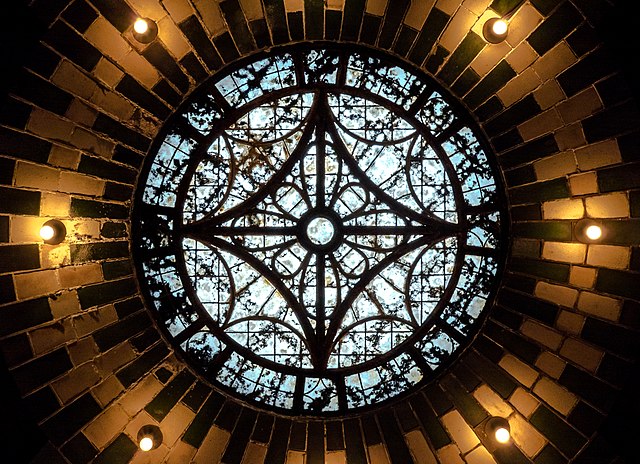
In April 1995, federal money was requested for an attempt to reopen City Hall Station as a branch of the Transit Museum, which ran occasional tours of the station. $2 million was allocated to the project and, in 1998, the Metropolitan Transit Authority (MTA) began refurbishing the station’s corridors and offered $5 million for additional repairs. This proposal was later vetoed by Mayor Rudi Giuliani over, yet again, security concerns, this time following terrorist attacks in Nairobi and Dar es Salaam.
Station tours and historical designation
In 1979, City Hall Station and 11 others were designated as NYC landmarks. More than 20 years later, in 2004, the station was added to the National Register of Historic Places. Its ticket booths and wooden benches are gone, and while the tar has been removed from some of the skylights, others remain blacked out.
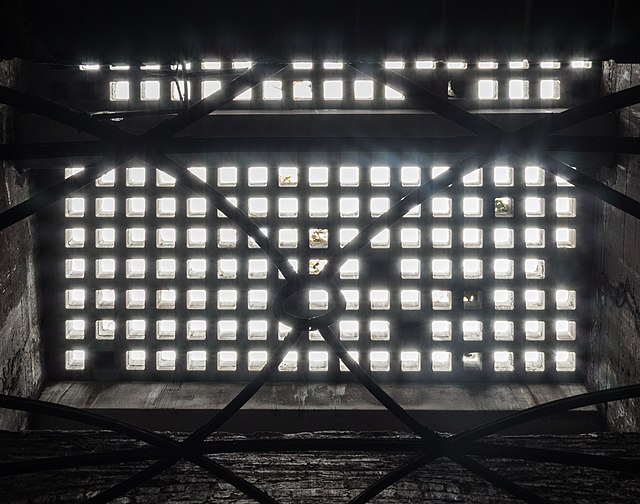
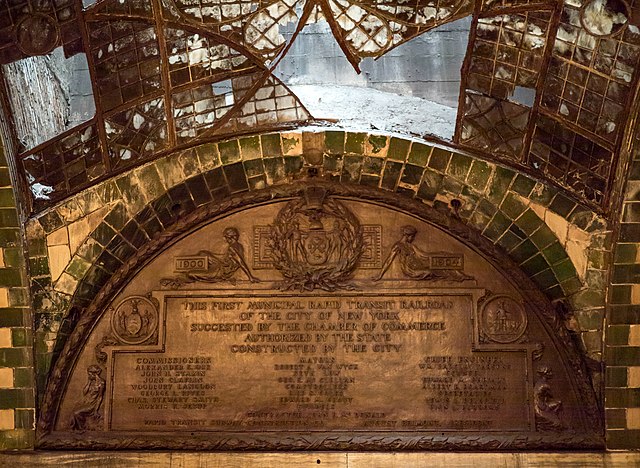
More from us: The Unlucky Cincinnati Subway Was Abandoned and Unfinished, Never Really Used For Anything
In 2004, one of the street entrances was restored in recognition of the City Hall Station’s Centennial Celebration. The station was also opened for the duration of the celebrations. The Transit Museum has since resumed tours.
Many believe the station was the inspiration for the lair in Teenage Mutant Ninja Turtles. A replica was also constructed for the 2016 Harry Potter spin-off, Fantastic Beasts and Where to Find Them.
